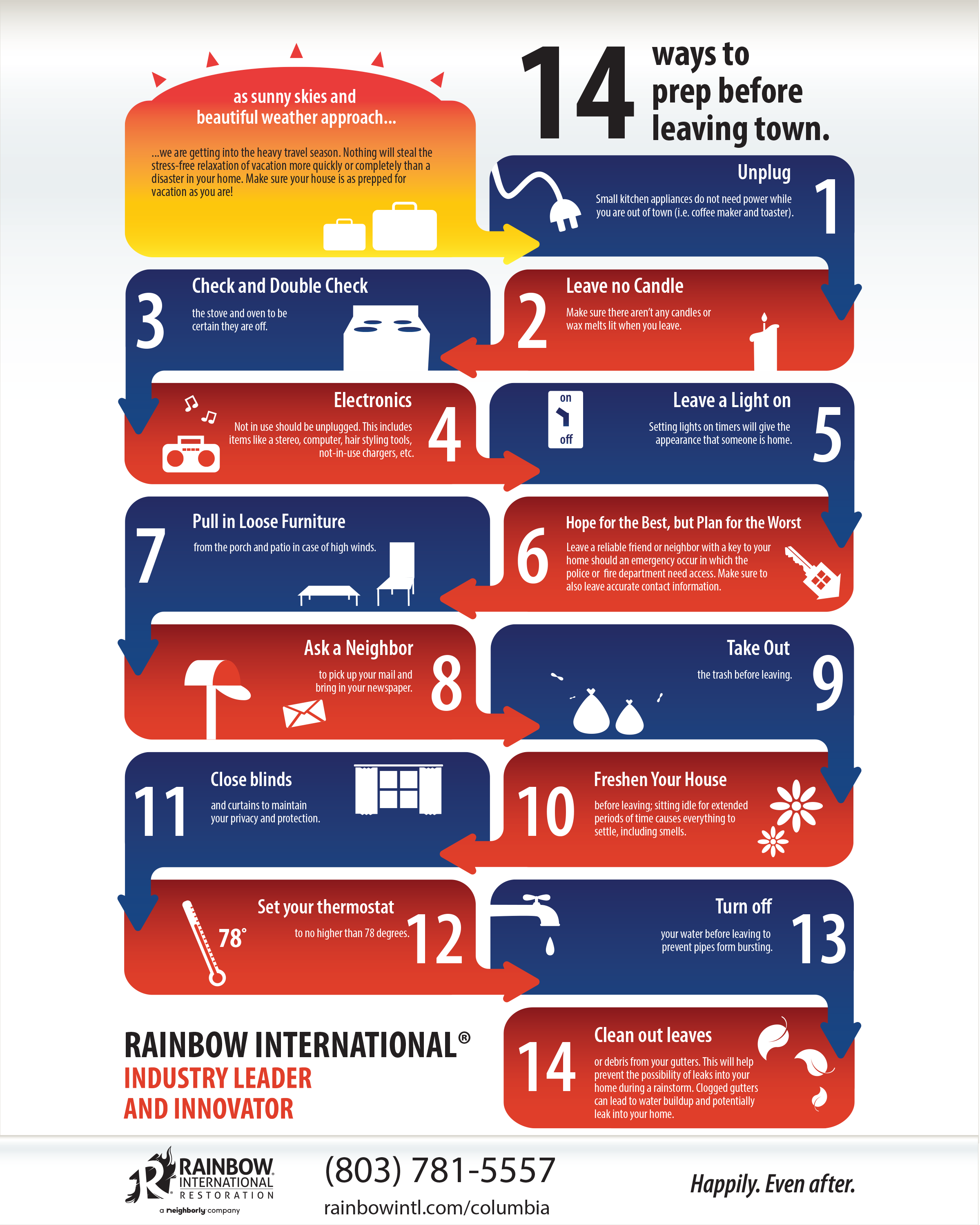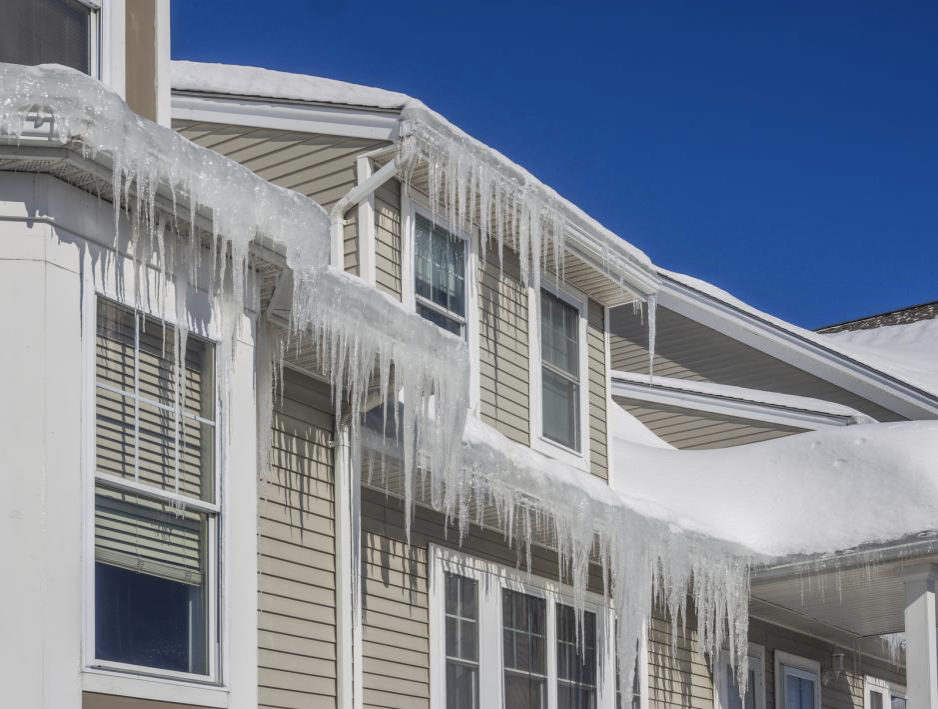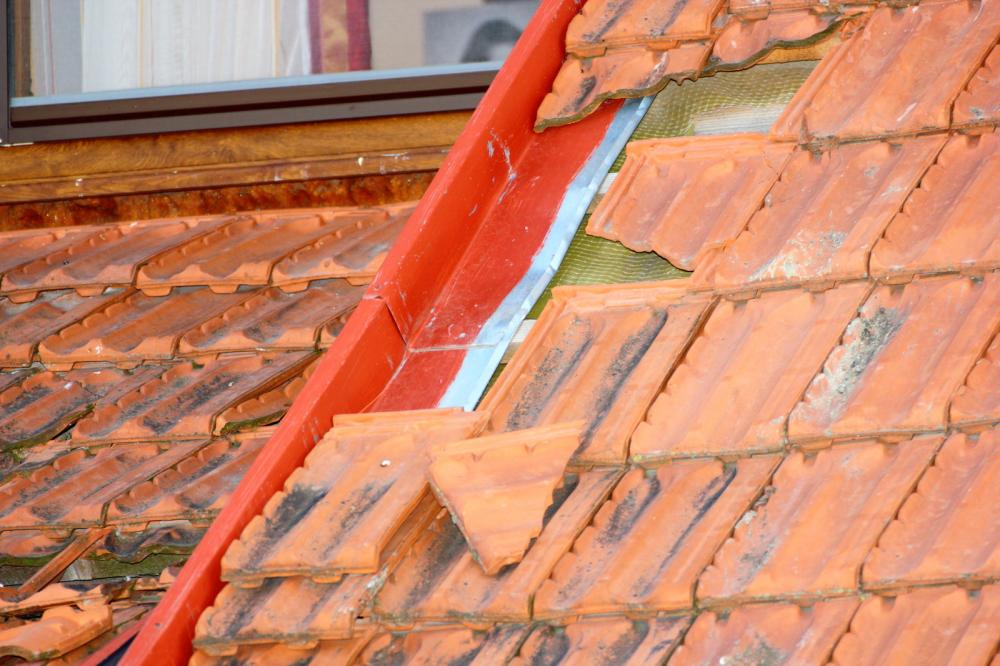Purchasing an investment property in South Carolina is often an exciting and rewarding experience, but investors need to take great care to ensure the property they are buying is structurally sound and safe. This is especially important in an area like South Carolina, where foundations are more prone to damage than many other states.
Below, we’ll be discussing what you need to consider when buying an investment property, some common foundation issues, and solutions for each. We’ll also discuss some foundation red flags that could have you looking for foundation repair in South Carolina if you don’t find them quickly enough.
Foundation Risks to Consider When Buying an SC Investment Property
While the risk of foundation damage is higher in many areas in South Carolina than in other states, you can generally avoid severe issues if you know what causes the damage in the first place. Below are some things on the property you can look out for that might spell massive damage in the near future.
Clayey Soil
The most important thing to look for on your property is clayey soil. Clay soil is problematic for all foundation styles, from concrete slabs to full basements. When clay soil gets wet with runoff, the tiny clay particles soak up water, making the ground expand quite a bit. This soil swelling puts additional forces on your foundation called hydrostatic pressure and can eventually crack the concrete.
Similarly, when clay soil dries, it shrinks substantially. Drying soil can pull away from your foundation and leave it without the support it needs to hold up your home. Foundations above dry soil can crack and collapse into the earth, leaving severe structural damage behind.
Clay soil is prevalent throughout South Carolina, and while it doesn’t unilaterally mean your investment property will suffer foundation damage, you should be aware of it and take the proper precautions. Clay soil will appear clumpy if it's moist, and it will hold its form if you squeeze it in your hand and release it. This is a quick way to verify clay soil, but getting a soil test is your best option.
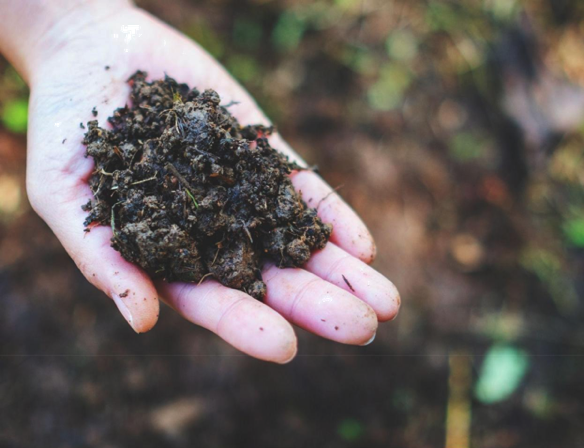
Poor Drainage
Poor drainage is the single best way to ensure your foundation suffers from some type of damage. Many homeowners don’t understand that water is a foundation’s worst enemy, and allowing the runoff from your roof to drop next to your foundation is like welcoming in structural damage and water intrusion.
Water soaking into the absorbent clay soil will not only promote dangerous ground movement, but it will also remain suspended against your foundation and have ample opportunity to soak inside. Water can wick through pores in the concrete or seep through foundation cracks. In both instances, you’re likely to experience water damage, mold growth, excessive indoor humidity, and a slew of other issues related to moisture.
Water intrusion is a significant concern in South Carolina because hurricane season from June to November brings massive amounts of rainfall in short periods that can create severe issues for homes that aren’t drained properly.
Identifying poor drainage begins with looking for a gutter system. All homes should have gutters and downspouts, as well as downspout extensions that move the collected water to a safe area for disposal. If a house doesn’t have gutters, chances are it has or will suffer foundation damage at some point.
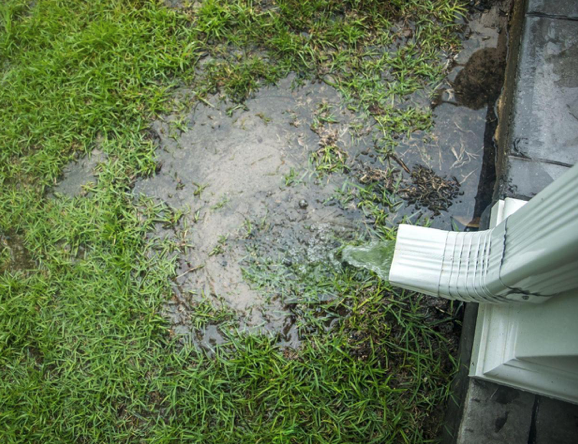
Next, you can look for the presence of French drains outside, which move water that does make it to the ground away from the home. These are identifiable by a line of gravel or rocks around the perimeter of the house. You can also check the interior for sump pumps or floor drains and ask the homeowner if the foundation is dampproofed or waterproofed.
Insufficient Grading
Finally, the ground around the investment property you’re buying should ideally be graded away from the house on all sides. Even a gentle slope will help clear runoff and floodwater away from the foundation more quickly. Conversely, if the land slopes toward the home on any side, water will naturally travel toward the house and make foundation issues much more likely.
Soil gradation is essential in South Carolina because hurricane season and the relatively flat landscape bring a moderate risk of flooding in many areas.
Identifying gradation is often as simple as viewing the property from all sides to ensure that the land doesn’t visibly slope downward toward the house.
Foundation Red Flags in South Carolina
Even if all of the above boxes are checked, and your investment property isn’t clearly exposed to damage, it might have existing issues. Below are the most prevalent foundation problems in South Carolina, along with the best solution for each.
Foundation Cracks
Foundation cracks are the most common type of damage. They appear on most foundations, even those that are healthy, so it’s crucial to be able to assess a crack’s severity.
Hairline gaps that find on your foundation that are less than ⅛” wide are generally not a cause for concern. They develop when the concrete settles after construction, and as long as they don’t continue to grow or widen, you likely don’t have structural damage. Sealing these cracks to keep water out is the best option, which costs around $250 per crack.
Horizontal cracks on foundation walls are more severe. They form when hydrostatic pressure from outside bears too much weight on the wall. These often indicate structural damage. Earth anchors are the best solution, which cost between $3,000 and $10,000 in South Carolina.
Stair-step cracks on foundation walls form if the soil movement beneath your foundation is erratic and causes differential settlement. These typically suggest structural damage as well. Piering is the best solution, but it’s quite costly. It can total between $5,000 and $20,000, depending on the severity of the movement.
Moisture Issues
Finally, any signs of moisture problems in your basement, crawlspace, or living area should be a cause for concern. Under your home, you can look for water stains on the walls, pooling water, musty odors, mold growth, and a white powdery substance on the walls. Inside your home, keep an eye out for uneven floors, musty smells, doors and windows that are hard to close, and uncomfortably hot or cold temperatures.
Wrapping Up: How a Foundation Inspection Can Help
Your home relies on its foundation for support and a level base, so damages can be catastrophic and severely cut into your profits as an investor. Knowing how to identify the warning signs of foundation damage on your property is crucial for maximizing your upsides and reducing the amount of time and money you have to put into your investment.
A foundation inspection can help uncover existing issues and the underlying cause, allowing you to address the problems before they become more severe.



